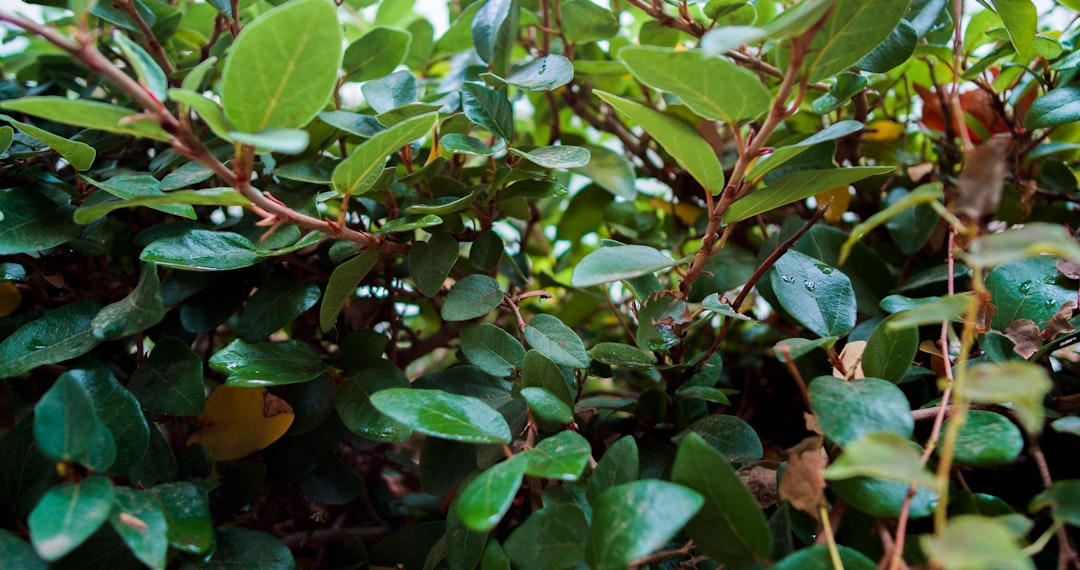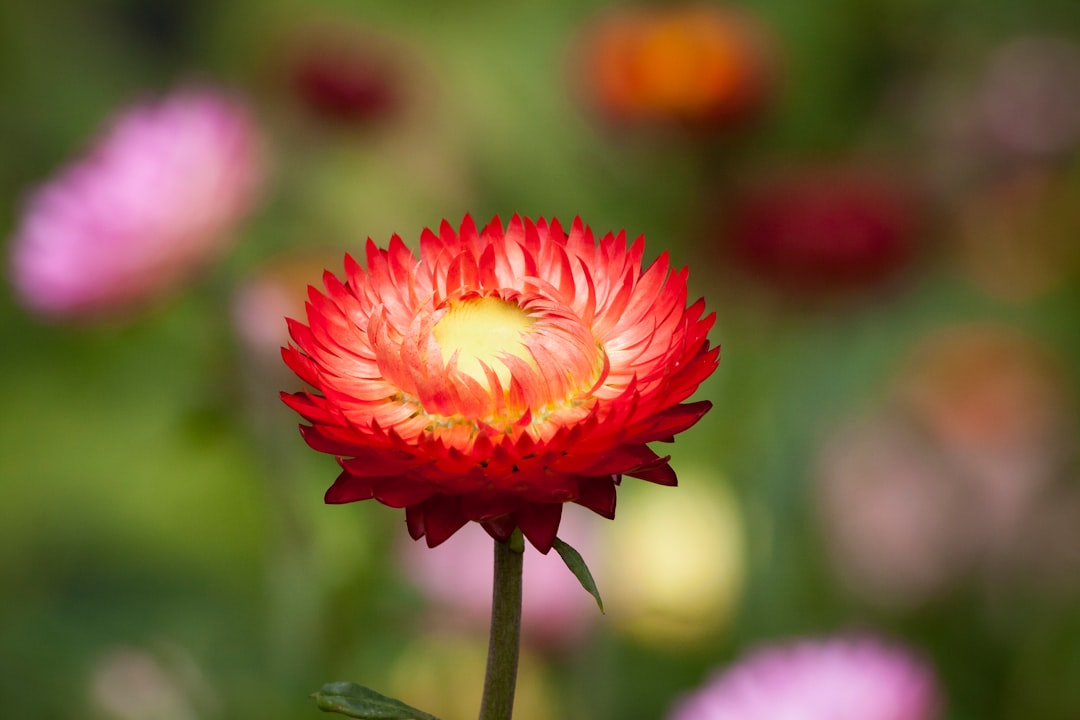Pyracantha, a resilient and visually appealing shrub, has long captured the attention of gardeners worldwide. With its vibrant berries that serve as a magnet for birds, it adds both beauty and ecological value to any garden. However, it's important to note that this charming plant also has the potential to become invasive if not properly managed. In this article, we'll explore the key tips for growing pyracantha successfully while keeping its invasive tendencies in check.
1. Choosing the Right Location
Pyracantha thrives in full sun to partial shade. When selecting a location for planting, ensure that the area receives at least six hours of sunlight per day. This will promote healthy growth and abundant berry production. Additionally, the soil should be well - drained. Pyracantha can tolerate a variety of soil types, including loam, sand, and clay, but it won't do well in waterlogged conditions. If your soil has poor drainage, consider amending it with organic matter such as compost or well - rotted manure to improve its structure.
2. Planting Pyracantha
The best time to plant pyracantha is in the spring or fall. Start by digging a hole that is twice as wide and just as deep as the root ball of the plant. Gently remove the pyracantha from its container and loosen the roots slightly. Place the plant in the hole, making sure that the top of the root ball is level with the surrounding soil. Backfill the hole with soil, firming it gently around the base of the plant. Water thoroughly after planting to settle the soil and help the roots establish.
3. Watering Requirements
Once established, pyracantha is relatively drought - tolerant. However, during the first year after planting, it's important to keep the soil consistently moist. Water deeply once or twice a week, depending on the weather conditions. As the plant matures, you can reduce the frequency of watering. Overwatering can lead to root rot, so it's crucial to let the soil dry out slightly between waterings.
4. Fertilizing Pyracantha
Pyracantha benefits from regular fertilization. Apply a balanced, slow - release fertilizer in the spring, just as new growth begins. Follow the manufacturer's instructions for the appropriate amount to use based on the size of your plant. Avoid over - fertilizing, as this can result in excessive foliage growth at the expense of berry production. You can also add a layer of organic mulch around the base of the plant to help retain moisture and provide nutrients as it decomposes.
5. Pruning and Training
Pruning is an essential part of pyracantha care. It helps to maintain the shape of the plant, promote air circulation, and control its growth. Prune pyracantha in late winter or early spring before new growth appears. Remove any dead, damaged, or diseased branches. You can also thin out crowded branches to improve the overall appearance of the plant. Pyracantha can be trained to grow against a wall or fence using a trellis or wires. This not only adds an interesting architectural element to your garden but also helps to manage its spread.
6. Dealing with Invasiveness
As mentioned earlier, pyracantha has the potential to become invasive. To prevent this, it's important to monitor the plant closely and remove any seedlings that appear outside of the desired area. You can also consider planting a non - invasive cultivar. Some varieties have been bred to be less aggressive and more suitable for garden use. Additionally, regular pruning can help to keep the plant in check and prevent it from spreading uncontrollably.
7. Pest and Disease Management
Pyracantha is generally resistant to pests and diseases. However, it can be susceptible to aphids, scale insects, and fire blight. To prevent pest infestations, keep the plant healthy by providing proper care. If you notice signs of pests, such as distorted leaves or sticky residue, you can use an insecticidal soap or neem oil to control them. Fire blight is a bacterial disease that can cause the branches to turn black and die. Prune infected branches immediately and dispose of them properly to prevent the spread of the disease.
In conclusion, growing pyracantha can be a rewarding experience if you follow these key tips. By choosing the right location, providing proper care, and managing its invasive tendencies, you can enjoy the beauty of this tough shrub and the benefits it brings to your garden. Whether you're a novice gardener or an experienced horticulturist, pyracantha is a great addition to any landscape.




















